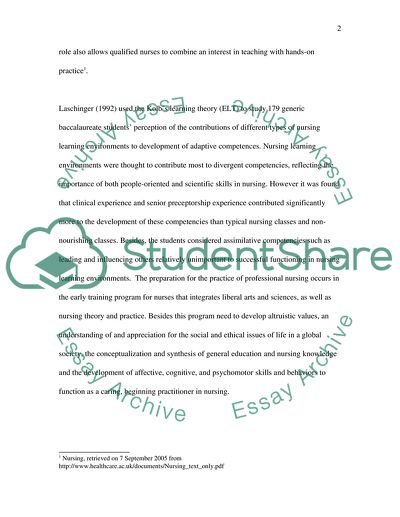Cite this document
(“The learning environment in regards to general nursing students Essay”, n.d.)
Retrieved from https://studentshare.org/nursing/1535036-the-learning-environment-in-regards-to-general-nursing-students
Retrieved from https://studentshare.org/nursing/1535036-the-learning-environment-in-regards-to-general-nursing-students
(The Learning Environment in Regards to General Nursing Students Essay)
https://studentshare.org/nursing/1535036-the-learning-environment-in-regards-to-general-nursing-students.
https://studentshare.org/nursing/1535036-the-learning-environment-in-regards-to-general-nursing-students.
“The Learning Environment in Regards to General Nursing Students Essay”, n.d. https://studentshare.org/nursing/1535036-the-learning-environment-in-regards-to-general-nursing-students.


